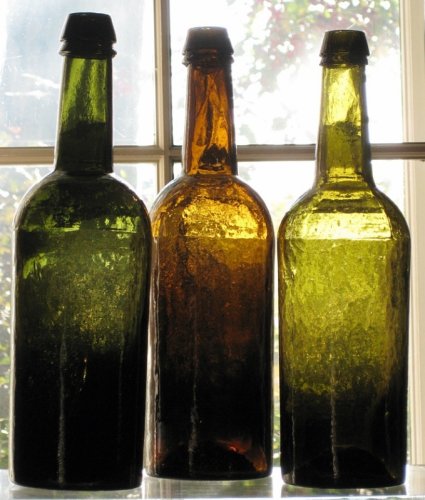tigue710
Well-Known Member
I believe the bluish tint is from heat... it's not from a different color glass on the punty... Some of the early annealing ovens had bricks with little holes the bottles were set on, and the heat came up through the hole... much like burnt black glass looking like a shell... dont get me started though, I've been arguing about that one for years...




